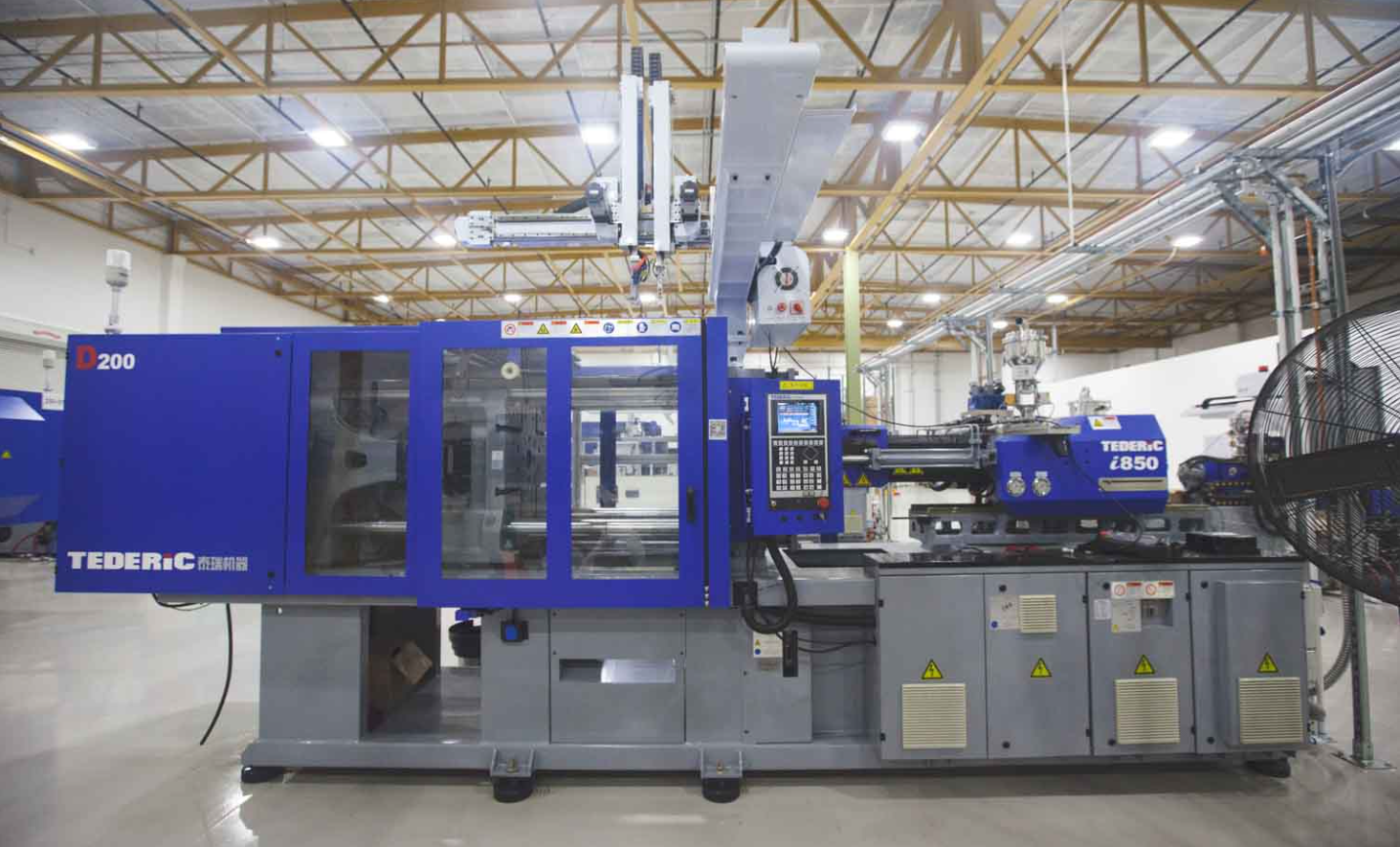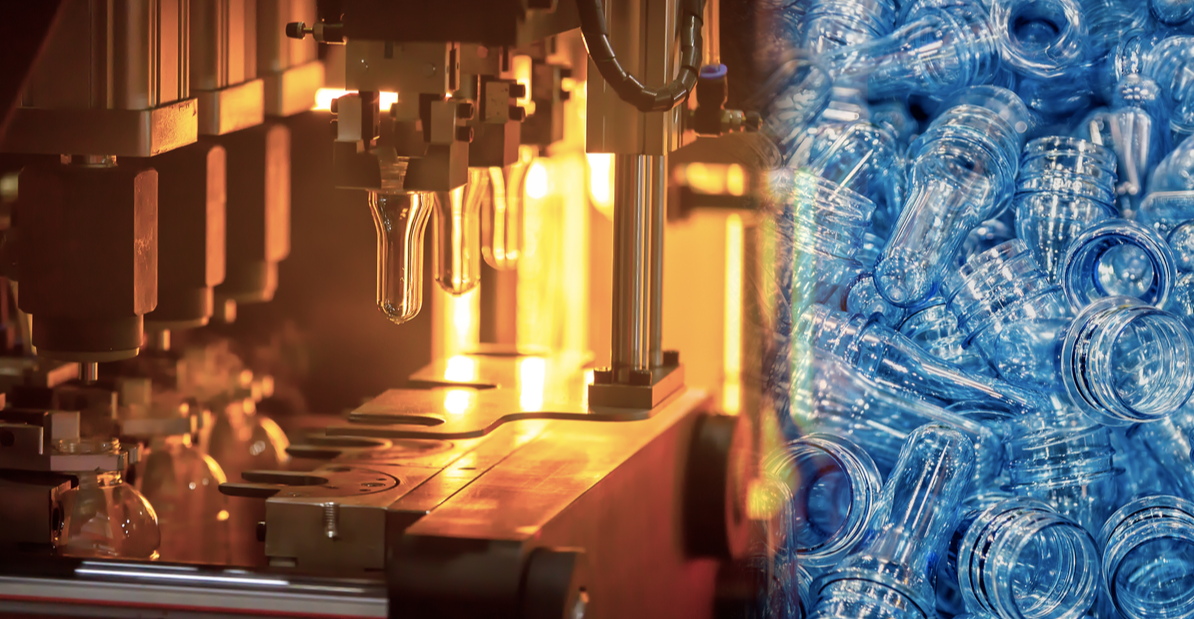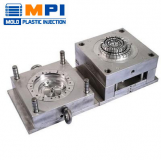Are you in search of high-quality blow molds for your plastic production needs? You can visit moldplasticinjection.com. This website offers a diverse range of molds suitable for various products. Easy navigation and a user-friendly interface make finding and purchasing molds a breeze. Whether you need molds for bottles, containers, or other plastic items, moldplasticinjection.com has you covered. Explore their extensive catalog to discover options that align with your manufacturing requirements.
Definition of blow molds
Blow molds are hollow shapes for making plastic objects. They work like a mold for blowing air. Plastic gets heated until soft, then air blows it into the mold’s shape. Once cooled, you get the final object. Bottles, containers, and toys use blow molds. They’re vital in mass production. Different shapes and sizes need specific molds. Molds are usually made from metal or plastic. The process is efficient and cost-effective. It’s widely used in industries. Creating custom molds requires careful design and planning. Blow molds play a big role in our daily lives.

What is the use of blow mold?
Blow molds serve a crucial purpose in making various plastic products. They’re specialized tools that shape molten plastic into specific forms. These molds are essential for creating items like bottles, containers, and toys in large quantities.
Mass Production: Blow molds enable the mass production of consistent plastic items, reducing manufacturing time and costs.
Bottle Manufacturing: Plastic bottles, which people commonly use for beverages, cosmetics, and cleaning products, get produced using blow molds.
Container Creation: They use blow molds to shape plastic containers for food, household products, and industrial use.
Toy Production: Manufacturers craft many plastic toys, like action figures and playsets, using blow molds.
Customization: Designers can create molds to produce products in various sizes, shapes, and designs, allowing customization.
Efficiency: The blow molding process is efficient, resulting in minimal material waste during production.
Materials: Blow molds can consist of metals like aluminum or steel, and durable plastics.
Industrial Applications: Industries like packaging, automotive, and medical devices rely on blow molds for component production.
Consumer Goods: Blow molds contribute to the creation of everyday items that we use and rely on.
Innovation: Continuous advancements in blow molding techniques lead to the development of new products and solutions.
Why are blow molds so expensive?
Blow molds can be costly due to several reasons that contribute to their intricate manufacturing process.
Precision Crafting: Molds require precise engineering to ensure accurate and consistent product shaping.
Materials: They use high-quality metals or durable plastics to withstand the involved heat and pressure.
Custom Design: Creating molds tailored to specific product shapes demands skilled design and labor.
Complexity: Intricate designs or unique features can increase mold complexity and cost.
Durability: Molds must endure repetitive use, necessitating robust construction and maintenance.
Heating and Cooling: The molds must withstand extreme temperature changes during the production cycle.
Labor and Expertise: Skilled professionals need to design, create, and maintain the molds.
Production Volume: Costs can spread over a large production run, reducing expenses per unit.
Testing and Refinement: Requiring extensive testing and adjustments to achieve desired product quality.
Industries and Applications: Depending on the industry and the final product, mold costs can vary.
How do you make a blow mold?
Creating a blow mold involves a series of precise steps that result in a tool for shaping plastic products. Here’s an overview of the process:
Design Phase: Engineers and designers craft a detailed blueprint of the desired plastic item and its mold.
Material Selection: Choose the appropriate mold material, often sturdy metals like aluminum or steel.
Mold Fabrication: Craft the mold’s halves, forming a cavity that matches the product’s shape.
CNC Machining: Utilize computer-guided machines to ensure accurate mold dimensions and details.
Heat Treatment: Harden the mold through a controlled heating and cooling process for durability.
Surface Finishing: Polish and smooth the mold surfaces to minimize imperfections in the final product.
Mold Assembly: Fasten the mold’s halves together, creating a hollow space resembling the desired product.
Testing and Adjustment: Test the mold with molten plastic to refine its shape, if needed.
Cooling Systems: Install cooling channels to rapidly cool and solidify the plastic within the mold.
Ejection Mechanism: Integrate an ejection system to release the formed plastic product from the mold.
Quality Assurance: Inspect the mold for any flaws and ensure it meets design specifications.
Production Setup: Set up the mold in the blow molding machine and calibrate settings.
Blow Molding Process: Insert heated plastic material into the mold, then inflate it using compressed air.
Cooling and Solidification: Allow the plastic to cool and harden within the mold’s shape.
Mold Opening: Separate the mold’s halves to reveal the formed plastic product.
Trimming and Finishing: Remove excess material and refine the product’s edges and features.
Maintenance and Cleaning: Regularly clean and maintain the mold to ensure consistent results.
Reuse and Reproduction: The same mold can produce identical plastic items in subsequent runs.
Where to buy blow molds?
You can find a variety of blow molds for your plastic production needs at moldplasticinjection.com. They offer a wide selection of molds designed for different products. Their user-friendly website makes browsing and purchasing molds easy. Whether you need molds for bottles, containers, or other plastic items, moldplasticinjection.com can be a valuable resource. Check out their catalog to explore options that suit your manufacturing requirements.

FAQs
What are blow molds used for?
Blow molds shape molten plastic into items like bottles, containers, and toys.
How are blow molds made?
Engineers design molds, use durable materials, and create cavities for product shapes.
Where can I buy blow molds?
You can find a variety of blow molds at moldplasticinjection.com for different products.
Are blow molds reusable?
Yes, molds can repeatedly use for mass-producing identical plastic items. Regular maintenance guarantees longevity.

